
 For all the
For all the
400 Calorie
Fixers who
wanted more
CONTENTS
1
THE STORY OF CALORIE CREEP

Where did this extra weight suddenly come from? Thats what I found myself thinking a few years ago when I realized that I was about 10 pounds heavier than I wanted to be. Now, 10 pounds isnt cause for alarm, but it still made me wonder what I was doing wrong. I was eating fresh fruits and vegetables, whole grains, lean proteins, and lots of low-fat dairy. (I was good for three glasses of skim milk a day!) I was exercising regularly. And as a health and fitness editor, I understood the basic principles of nutrition and exerciseit was my
job to motivate and educate women about achieving a healthy weight. But the scale doesnt lie.
My weight had been steadily creeping upward. And when I sat down to think about it, the cause was clear: I simply wasnt paying attention to the calories I was consuming. Weight gain and obesity are big problems in our country, and its not entirely our fault. We live in an environment where food is supersized and most of us eat more calories than our bodies need. In fact, in 2007 the average American ate close to 2,800 calories per day, compared to about 2,200 in 1970, according to the USDAs Economic Research Service. That daily difference can add up to an extra pound of body fat every week! Growing portion sizes are partially to blame, explains Cornell University professor Brian Wansink, PhD, in a 2007 study published in the Journal of the American Dietetic Association, which shows that when plates, packages, and portions are larger, we eat more.
Even cookbook portions have been upsized: A recent study in the Annals of Internal Medicine found a 42 percent increase in recipe portion size since 1931. (A portion is the amount of food that you serve yourself, while a serving is the measured amount recommended on the label and contains the displayed number of calories.) Not only are we presented with giant piles of food at every turn, but most of us dont even know the basics: how many calories we need or consume. In a study in the American Journal of Public Health, close to 200 survey respondents who were asked to estimate the calories and fat in nine restaurant entres were off by more than 100 percentthey thought that a meal with more than 1,300 calories had only 642 calories! Do me a favor. Take the quiz on pages 4 and 5 to find out how your calorie savvy stacks up.
Why Calories Count
When it comes to managing weight, there is one clear, simple truth: Calories count. And they count more than fat or carbs, sugar or sodium.
Weve all tried the many diet trends of the past 20 years, but the latest scientific research backs up plain and simple calorie control as the smartest means to losing weight and keeping it off. In a 2009 study in the New England Journal of Medicine, more than 800 overweight adults were assigned to one of four different low-calorie diets. Each diet group lost about the same amount of weight over 2 years, regardless of which diet the group was on. Counting calories isnt a new idea, but if the answer is so simple, why are so many of us still struggling with the scale? Its about more than just willpower, that much I can tell you. The truth is, most of us dont know how many calories we really should be eating or how many calories are in the foods we eat. (How did you do on the quiz?) And even if we do, we dont really want to count calories anyway. Thats why I wrote the 400 Calorie Fix: We all need delicious, portion-controlled meals and the tools to choose food through a healthy calorie lens.
We want to control calories, not count them. And thats what the 400 Calorie Fix is all about.
400: The Magic Number
Why 400 calories? That calorie count is the perfect per-meal fix, with enough food to provide the energy you need and keep you satiated until your next meal. Plus, 400 calories allows for a variety of tastes, textures, and nutrients at each meal. Go any lower and it would be difficult to get a good mix of filling and fun foods on your plate to satisfy your stomach and your taste buds.
SUCCESS STORYPatti Robbins, 53LOST 10 POUNDS, 7 3/4 INCHES IN 2 WEEKS!Gladys DiSisto, 54LOST 5 POUNDS, 6 INCHES IN 2 WEEKS! Tennis partners Patti and Gladys are long used to supporting each other on the court.
So when it came time to finally lose those last 10 to 15 pounds theyd each been complaining about, the two once again joined forces. Having the support of a friend made a big difference in keeping up the plan, notes Patti. Wed check in on the phone almost every day to see how it was going, adds Gladys. Their teamwork paid off: After 2 weeks, Patti had lost more than 10 pounds; Gladys dropped 5. (Shes very competitive! Gladys says with a laugh.) Both continued to lose weight on the plan even after the 2 Week Quick Slim: Patti was down more than 17 pounds at 8 weeks and Gladys more than 10.
Next page


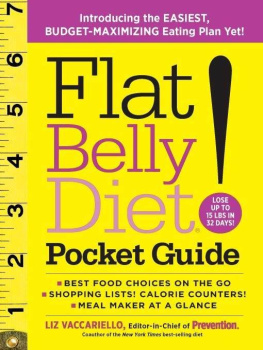


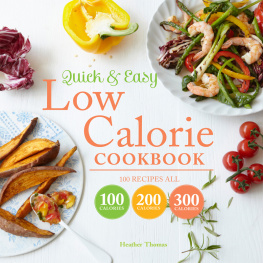
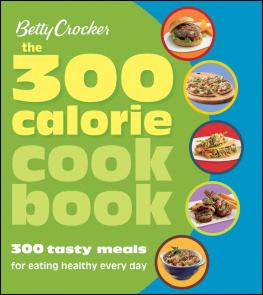

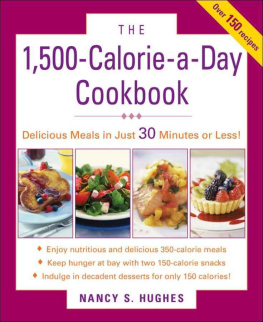
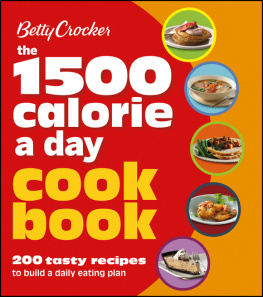
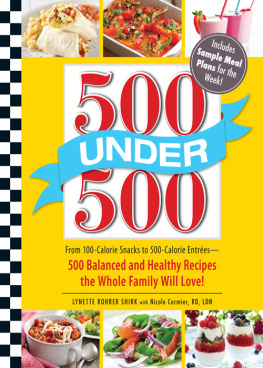


 For all the
For all the Where did this extra weight suddenly come from? Thats what I found myself thinking a few years ago when I realized that I was about 10 pounds heavier than I wanted to be. Now, 10 pounds isnt cause for alarm, but it still made me wonder what I was doing wrong. I was eating fresh fruits and vegetables, whole grains, lean proteins, and lots of low-fat dairy. (I was good for three glasses of skim milk a day!) I was exercising regularly. And as a health and fitness editor, I understood the basic principles of nutrition and exerciseit was my job to motivate and educate women about achieving a healthy weight. But the scale doesnt lie.
Where did this extra weight suddenly come from? Thats what I found myself thinking a few years ago when I realized that I was about 10 pounds heavier than I wanted to be. Now, 10 pounds isnt cause for alarm, but it still made me wonder what I was doing wrong. I was eating fresh fruits and vegetables, whole grains, lean proteins, and lots of low-fat dairy. (I was good for three glasses of skim milk a day!) I was exercising regularly. And as a health and fitness editor, I understood the basic principles of nutrition and exerciseit was my job to motivate and educate women about achieving a healthy weight. But the scale doesnt lie.  POTATOES
POTATOES LOBSTER
LOBSTER CHEESE
CHEESE TOPPINGS
TOPPINGS STEAK
STEAK
 3 oz cooked boneless, skinless chicken breast
3 oz cooked boneless, skinless chicken breast